Can we solve this circuit without using virtual ground or not?
I attempted to calculate the feedback voltage by division of voltage in \$R_f\$ and \$R_{\text{in}}\$ but is \$V_f\$ equal to:
$$(V_o - V_{\text{in}})\frac{R_\text{in}}{R_{\text{in}} + R_f}$$
or:
$$-(V_o - V_{\text{in}})\frac{R_f}{R_{\text{in}} + R_f}$$
Depending on the direction of current inside the feedback circuit the sign changes, which affects \$\beta\$ (feedback factor).
Note I am studying about feedback and I don't want to learn the virtual ground for now at least.




